National Gallery at Narodni PalaceWe had a chance to see the The Grimace of the Century, a showing of Jiri Kolar's collages and mixed media at the National Gallery at the Kinsky Palace. Yet again, I am overwhelmed by the amount of suffering that took place during WW II for people in Prague and the whole region continuing into the Community regime that followed. Kolar's pictorial accounting of the psychic stress and humanistic discombobulation was potent in the selected images shown. On top of that, I loved the mastery of the collage medium that Kolar and other artists employed. The pieces were really done well, and I picked up some techniques that I would like to explore in collage and possibly chine collet printmaking. The images below don't do it justice,, so I would go to the link above for better images and a more poignant description of the show. Exhibition Palace Chris and I toodled over to the Exhibition Palace, another branch of the National Gallery in Prague to take in: THE END OF THE GOLDEN CENTURY Gustav Klimt, Egon Schiele and the Viennese modernism in the collections of the National Gallery in Prague (from the National Gallery website) The year 2018 will mark the 100th anniversary of death of two major artists of the turn of the 19th and 20th centuries – Gustav Klimt (July 14, 1862 – Feb. 6, 1918)and Egon Schiele (June 12, 1890 – Oct. 31, 1918). The collections of the National Gallery in Prague house the key works by the two artists – the paintings The Virgin and Water Castle by Klimt and the Pregnant Woman and Death, Still Life with Flowers, Dead City and drawings Seated Nude and Seated Woman with Bent Knees by Schiele. The new display in the permanent exhibition on the fourth floor of the Veletržní Palace will show Klimt’s influence on Schiele and a history of acquisitions of individual artworks, but it will also put them in a context of the work by their well-known and half-forgotten contemporaries and followers on the Viennese art scene, such as Josef Hoffmann (1870–1956), Emil Orlik (1870–1932), Alfred Kubin (1877–1959), Carl Otto Czeschka (1878–1960), Richard Teschner (1879–1948), Oskar Kokoschka (1886–1980) and Max Oppenheimer (1885– 1954). Curators: Otto M. Urban, Zuzana Novotná, Olga Uhrová and Petr Šámal We both loved the show. I was wowed by seeing Klimt's The Virgin in real life, and also Egon Schiele's Seated Woman with Bent Knees. I also loved Richard Teschner's accomplished drawings and paintings of fantastical creatures interspersed into human life, which pre-dates the Star Wars characters by over a century. Chris was very impressed by Alfred Kubin's macabre, but highly creative thematic etchings, amongst others. Gallery link above. Permanent Collections at Exhibition PalaceAfterwards, we walked over to the permanent collections and enjoyed seeing works by some of the Czech Republic's well-known artists such as Mucha, Svabinsky and Jacob Schikaneder. Jacob Schikaneder was a master of painting twilight, night and moon scenes. I loved his work and incredible handling of light! . UPCOMING Maria Lessnig at Exhibition PalaceAlphonse Mucha Museum and the Slav EpicMedieval Collection at St. Agnes Convent
0 Comments
Organ Concert at St. Vitus Cathedral, Prague Castle We went up to the immense and stunningly gorgeous medieval St. Vitus Cathedral to hear Jacob Jansta play Max Reger's Three Fantasties Opus 52 on the cathedral organ. He also played Dvorak's Symphony 9, Opus 95 Largo and Allegro on organ. The pipes sounded different from those at St. Gile's and it was almost like listening to a symphony orchestra at times in the passages of the various parts of the works. There was a standing ovation and he played another piece by Mendelson. Lobkowicz PalaceChris and I visited the Lobkowicz Castle and their art collection. The Lobkowicz Family truly thought that they had lost everything in the War II and during the ensuing communist regime. Fifty years later they were able to reclaim their home and art pieces. It was emotionally stirring to hear their stories. One of my favorite pieces was a grand-scale painting by Brueger the Elder shown below.
We really hit the ground running after arriving in Prague, and have been walking 5 to 10 miles a day for the most part, taking in the neighborhoods, architectural gems, art, music and cuisine. The Lennon Wall above was and continues to be a symbol of peace and freedom for Prague and beyond. While we were visiting it, there was someone singing "Imagine" accompanied by guitar. It was so very moving. History of Lennon Wall via Wiki St. Nicholas Church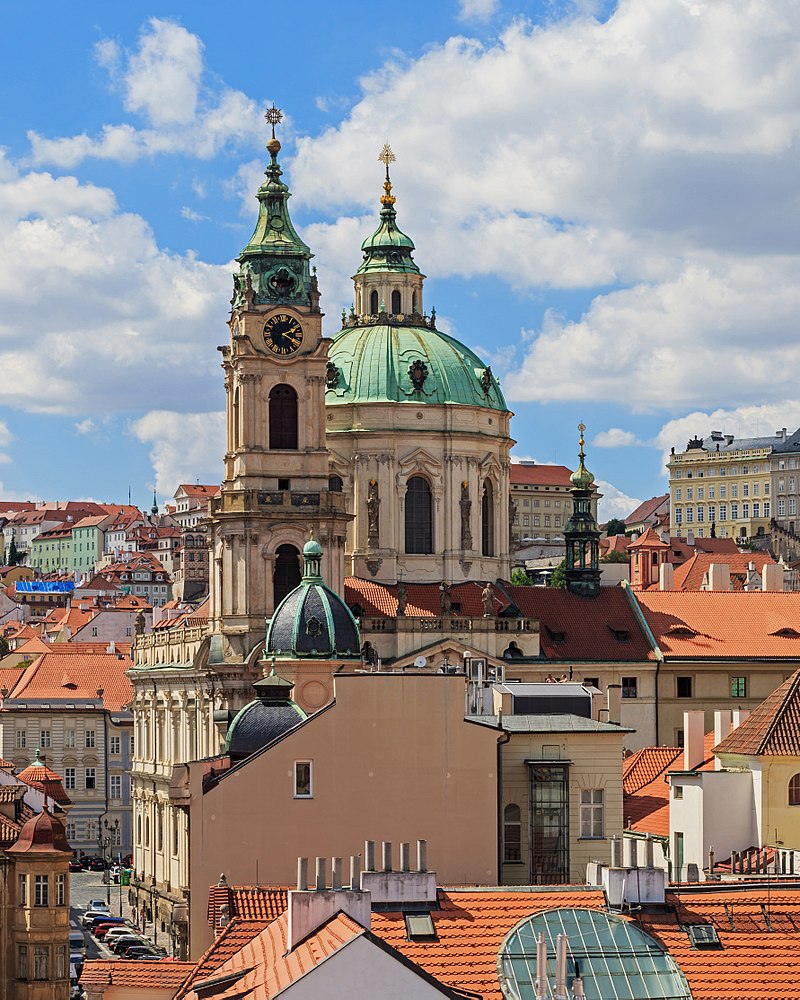 St. Nicholas Church with Belltower (Wiki photo) St. Nicholas Church with Belltower (Wiki photo) Chris and I ate a lovely meal at outdoor restaurant dating back to Roman Times across from St. Nicholas Church in the Mala Strana (Lesser Town) area of Prague. We were looking forward to what we thought was going to be an evening concert there. We crossed the street, bought tickets and started up some steps that we assumed led to the entrance to the church. As it turned out, we had purchased tickets to climb up to the top of the Bell Tower there which is extremely high and looks over Prague. After huffing and puffing in what felt like an endless spiral, we managed to make our way to the top and the views were well worth the workout. We were able to walk around an observation deck and take in 360 degree views. St. Nicholas Church As it turned out, there was a concert that night in another St. Nicholas Church in another part of the city. After our climb up to the Bell Tower, we found the front of the Church just as Mass was commencing, so we headed in and sat down on an original but uncomfortable pew seat and gazed at the art and took in the incantations in Czech. It was really something and between the Bell Tower and Church we walked around Lesser Town feeling quite inspired. Evening Concert inside St. Giles Church & Black Madonna SightingPrague hosts concerts inside their opulent churches in the evenings. This one was held at the St. Giles Church and featured the Czech String Chamber Ensemble and & Great Organ: 3 Manuals 3500 Pipes. It was truly inspiring to sit in such a huge baroque church with 100 foot ceilings, marble, carvings and devotional images of Christ and saints while taking in the concert. They were all excellent musicians. I adored The Swan by C. Saint-Saens which highlighted a bass violin and also Bolero by Ravel. The Bach Toccata and Fugue in D Minor was amazing to take in live there on the grand organ, as well as the Fugue in C Minor (Mozart). At the end of the concert, Chris discovered a small Black Madonna. It was dark so my photo doesn't show the detail. That night, I had a dream about this same Black Madonna and she came to me in a beautiful, silvery-gold light-filled raiment, which left me in awe.
We arrived in Prague in the early evening of July 5th. It was raining hard and we were grateful that our taxi driver knew how to navigate through the winding streets and downpour to get to our home exchange flat in an historic building in Praha 1. The light-filled, quiet flat with 14' ceilings and large view windows of Old Town and the Prague Castle has been fantastic and we are just beginning our explorations.
Chris and I went out to see Chris' cousins outside of Bilboa in the Basque countryside where they live in a charming town called Gordejuela. We had lunch at their caserio and enjoyed their gardens and grounds. It was a warm day and the air and smell of herbs and flowers were intoxicating. It rains a lot in the Basque country and everything is so green. Lola, Muneca and Etxaniz live at their beautiful villa that they have impeccably rebuilt. They grow much of their own food and also make their own Basque wine called Txokoli. This is now my favorite Basque wine and they sent us back to San Sebastian with 6 bottles. Muneca is an incredible cook which is always presented on a beautifully set table with china, silver and crystal. After lunch, we all watched the soccer game and caught up. I met Lola's daughter, also called Lola and also enjoyed getting to Carmen, a dear family friend. |
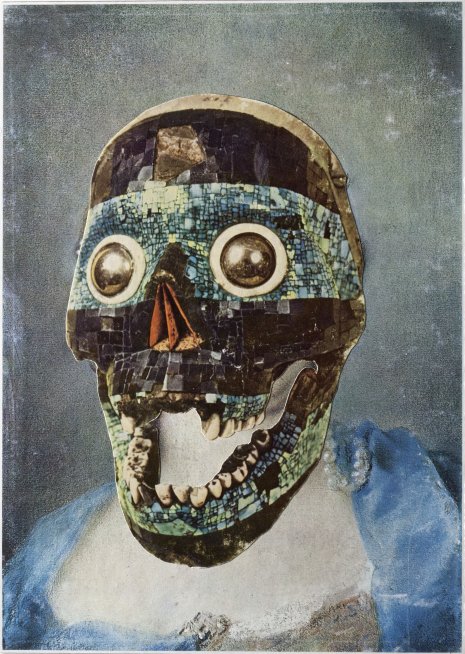
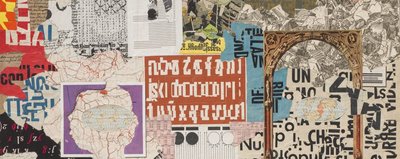
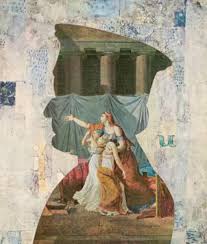
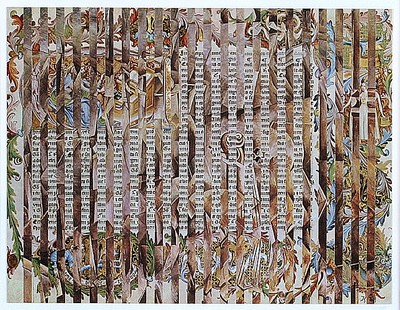
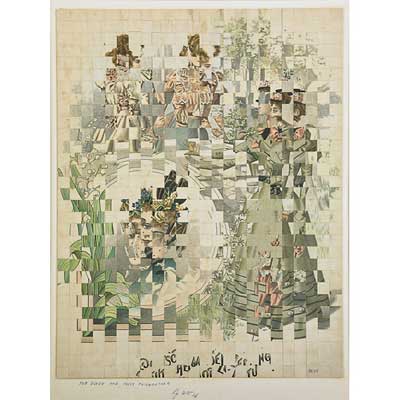
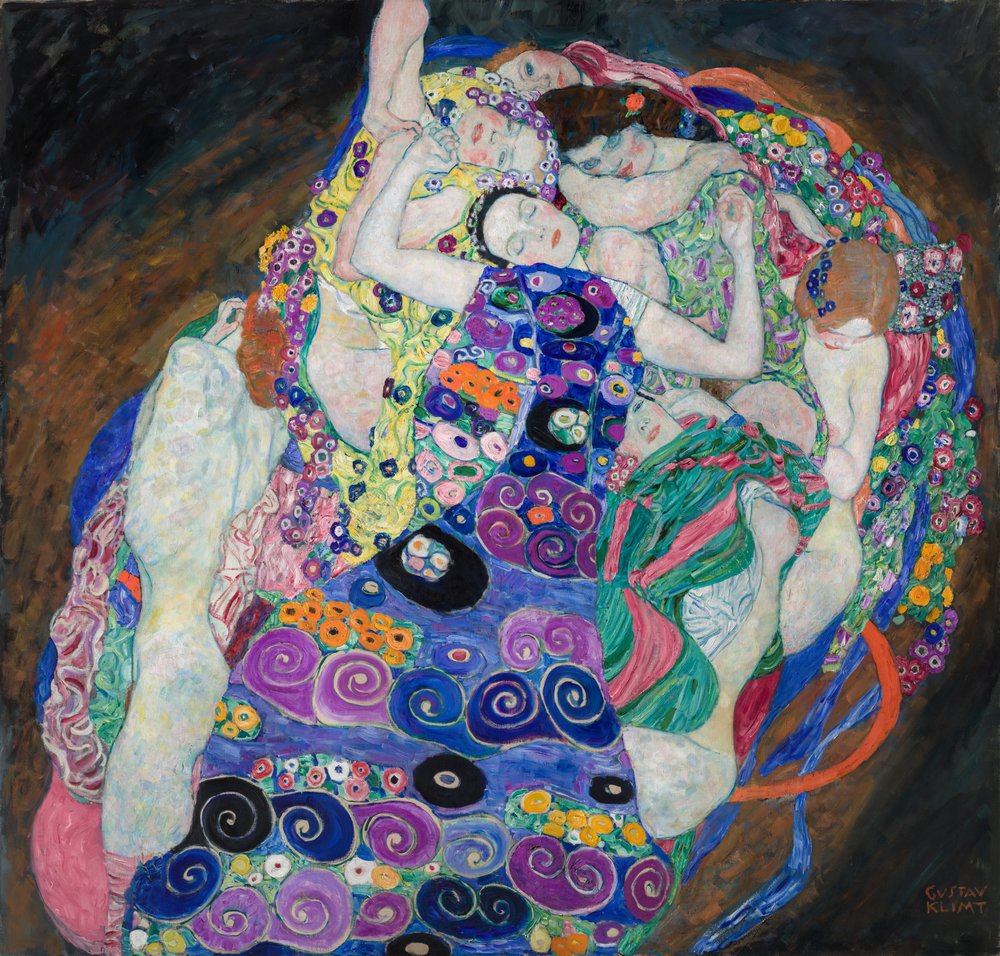
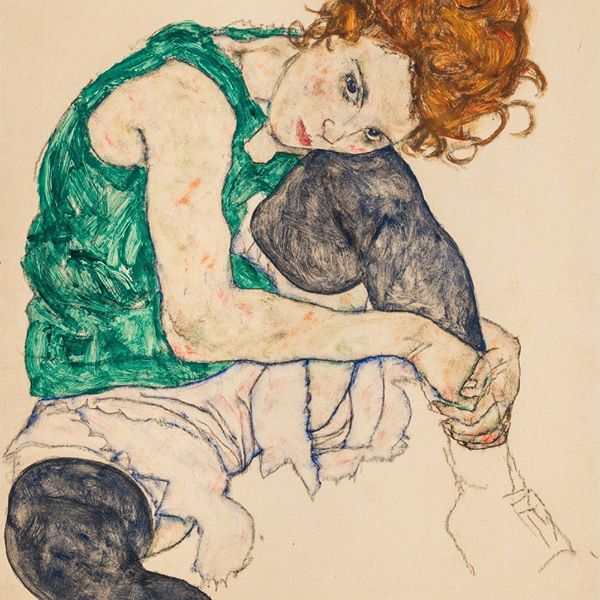
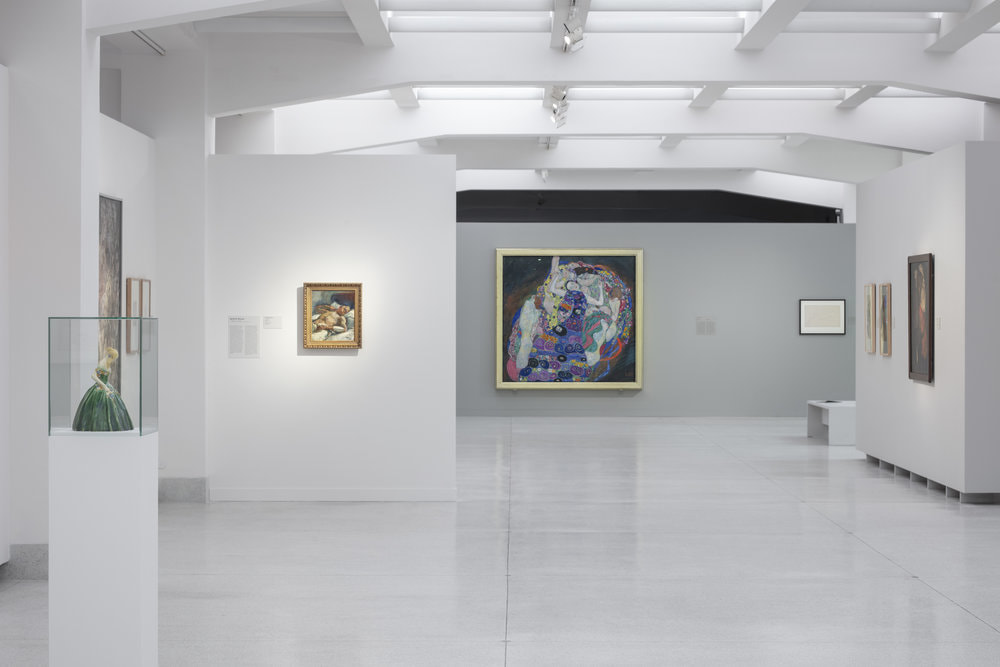
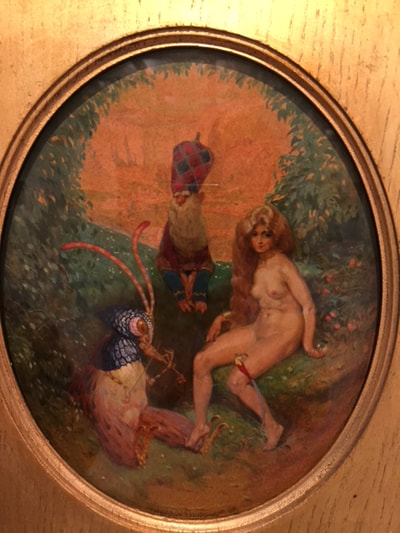
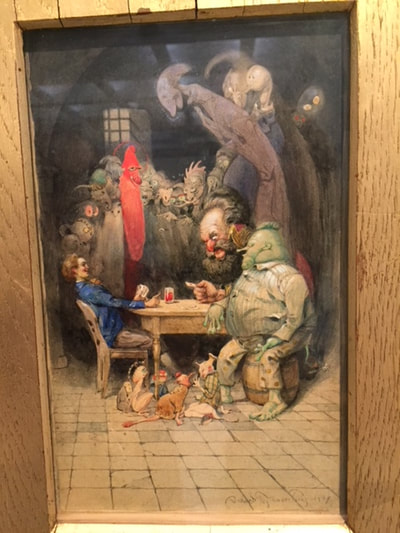
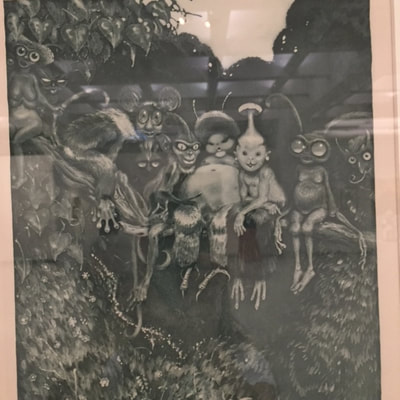
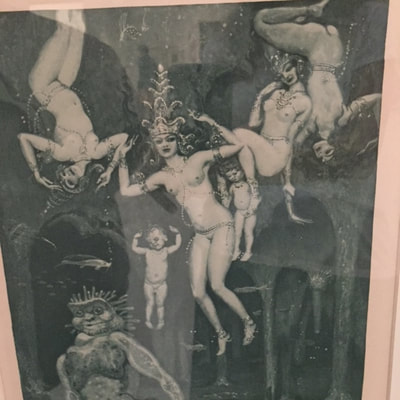
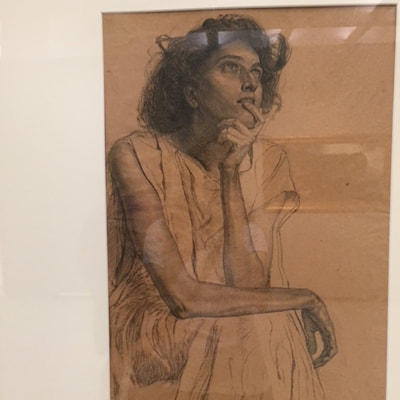
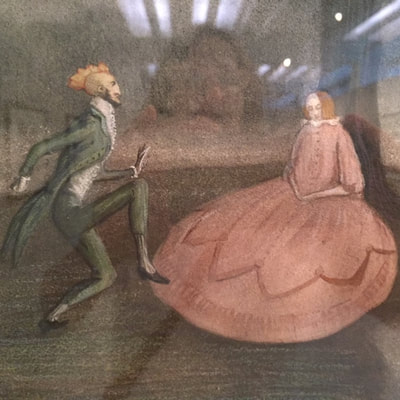
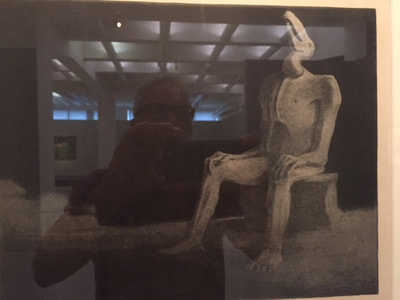
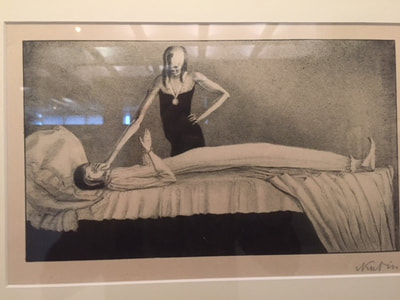
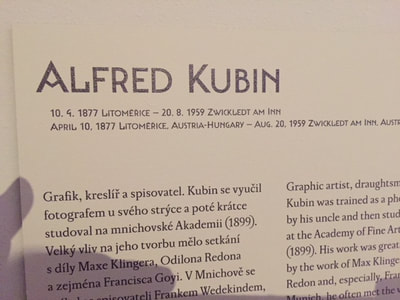
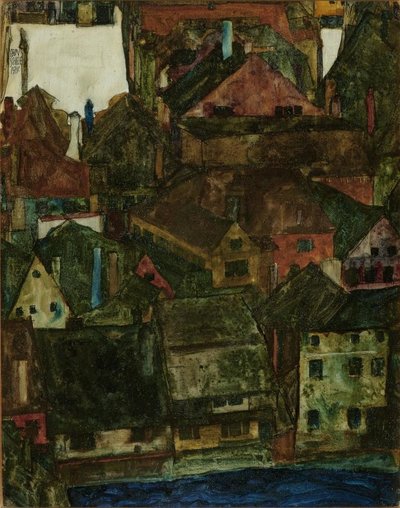
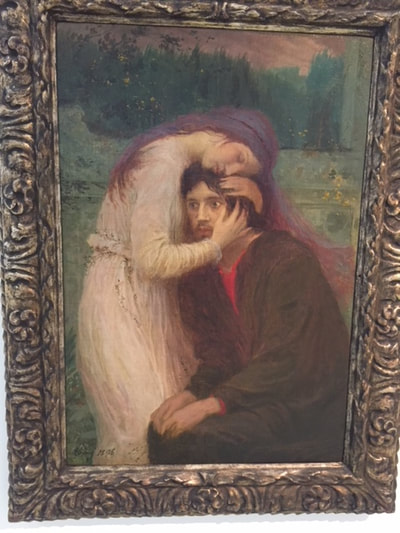
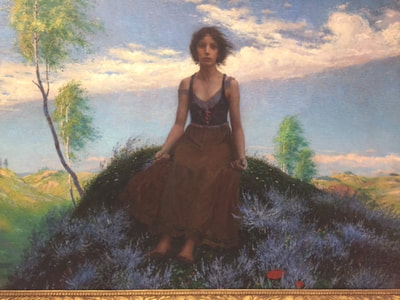

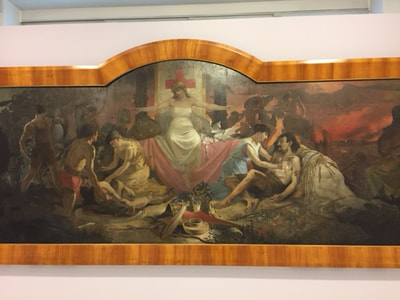
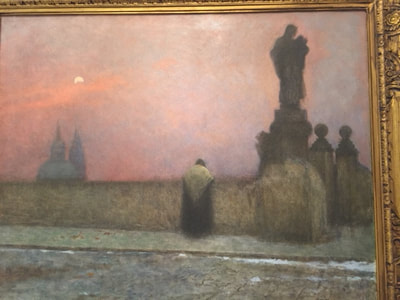
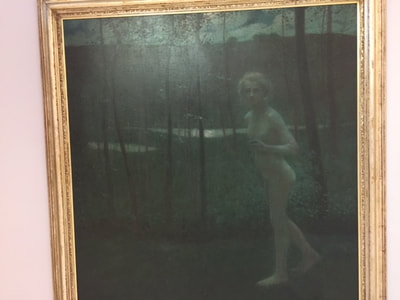
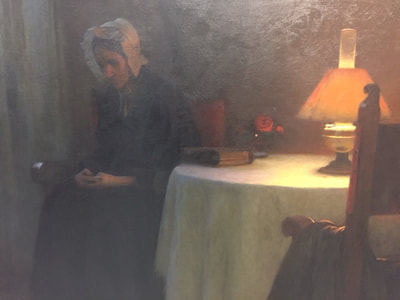
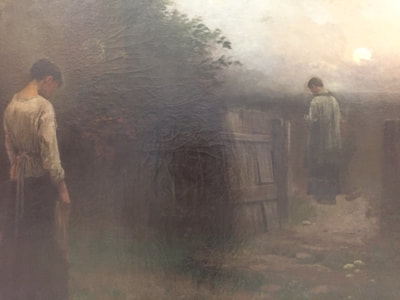
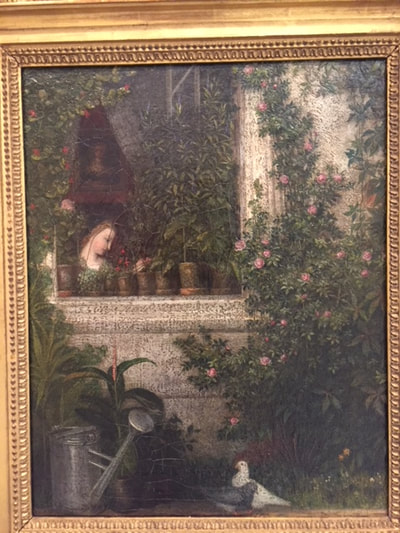
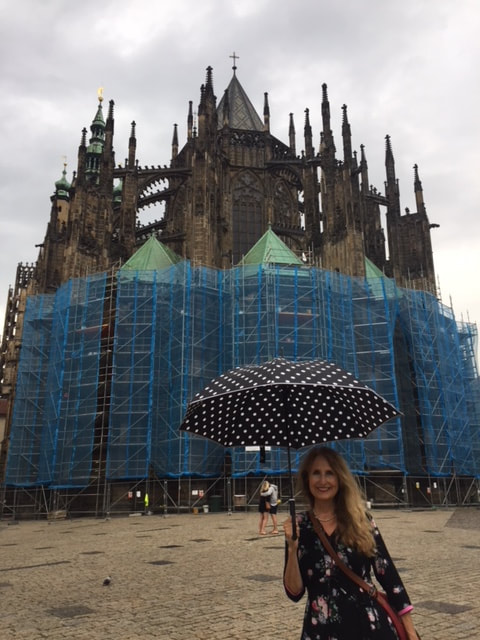
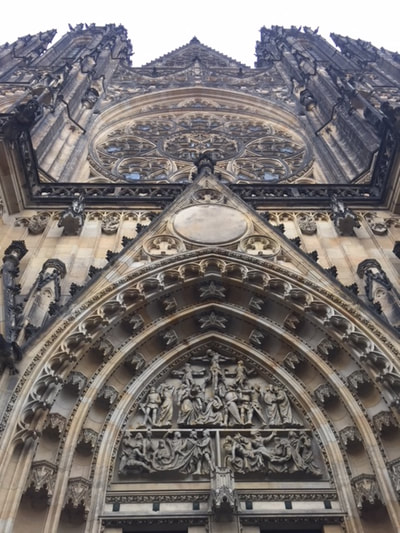
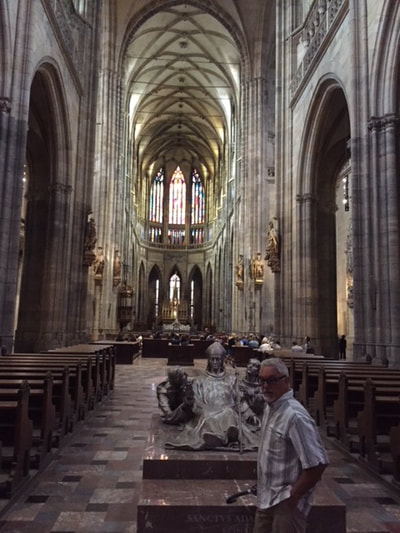
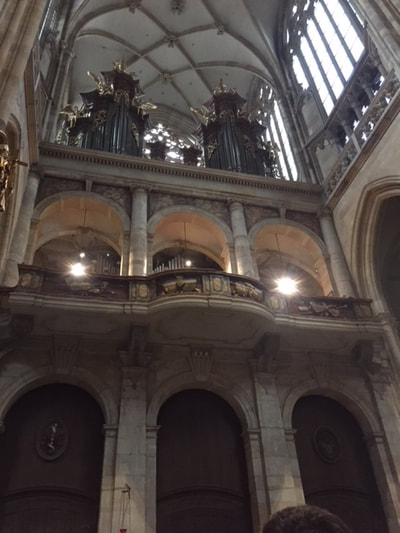
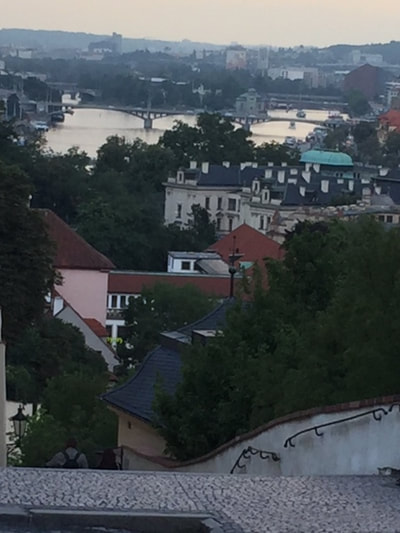
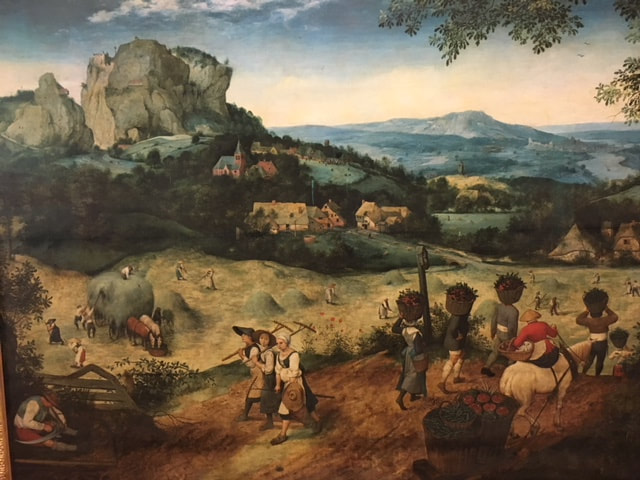
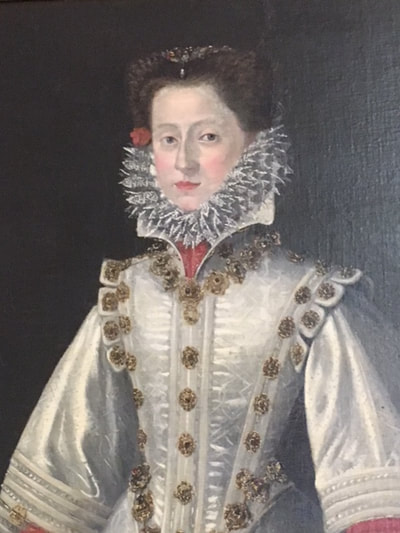
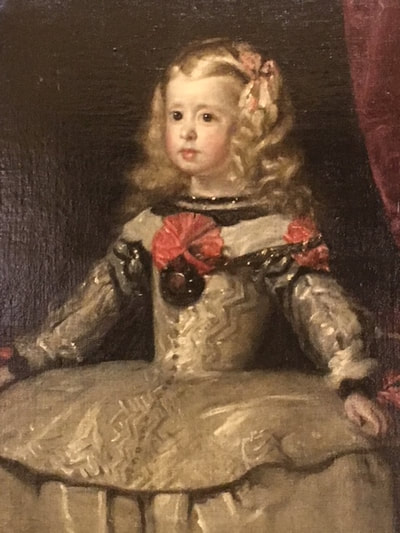
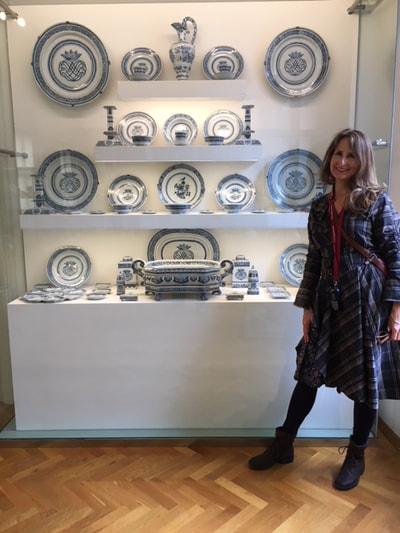
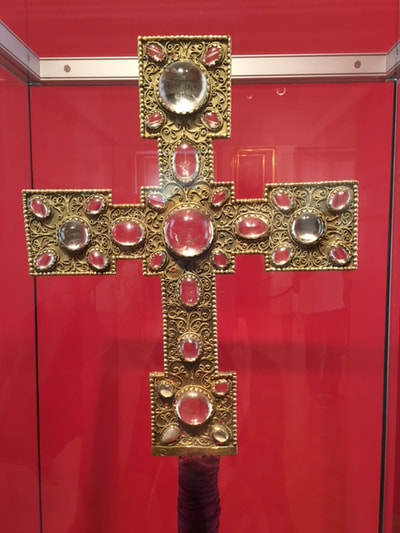
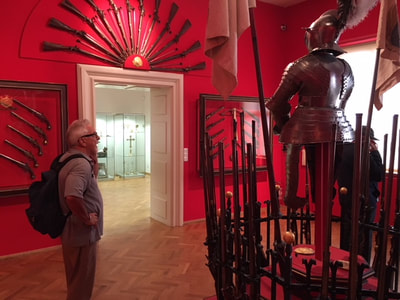
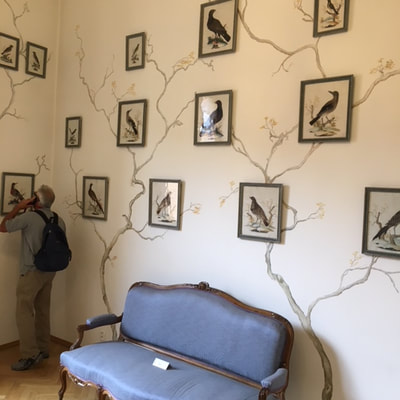
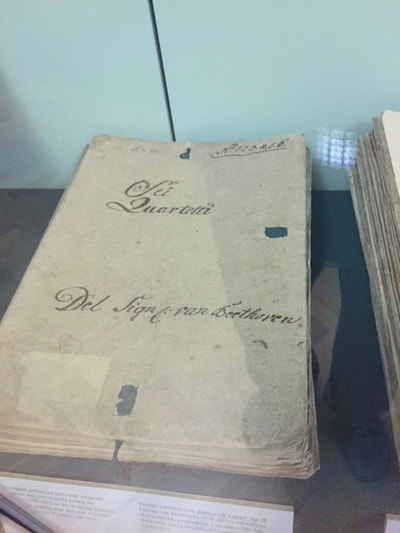
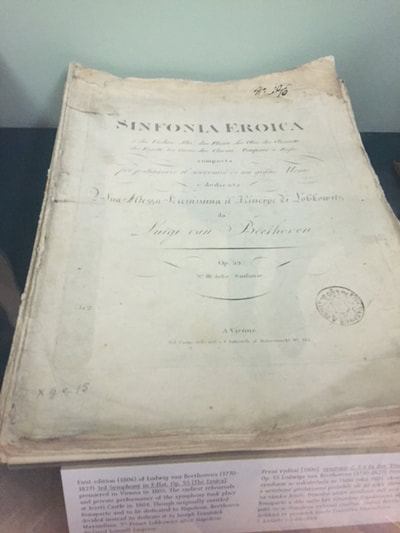
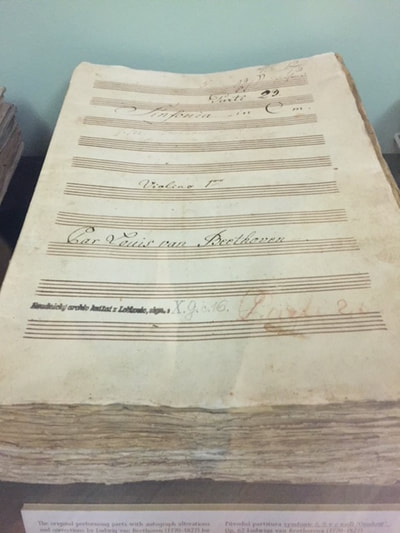
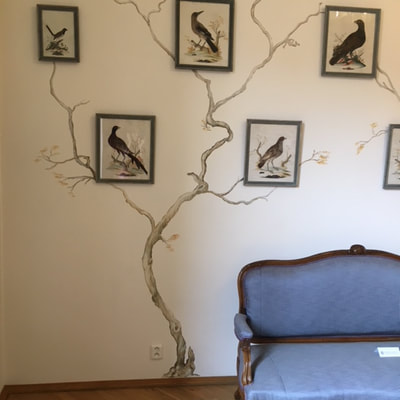
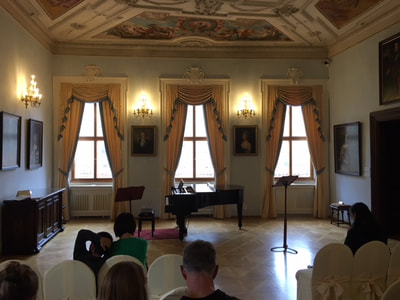
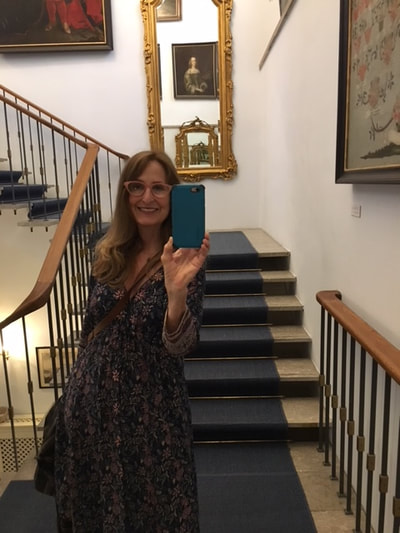

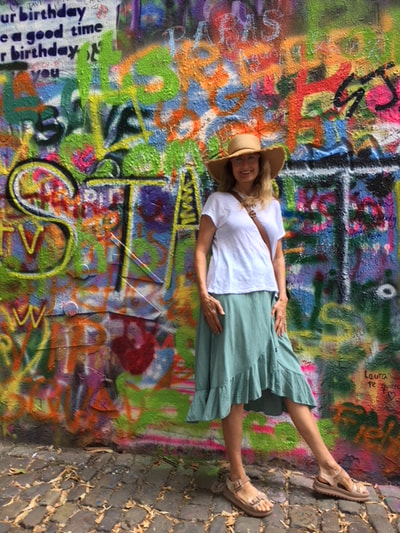
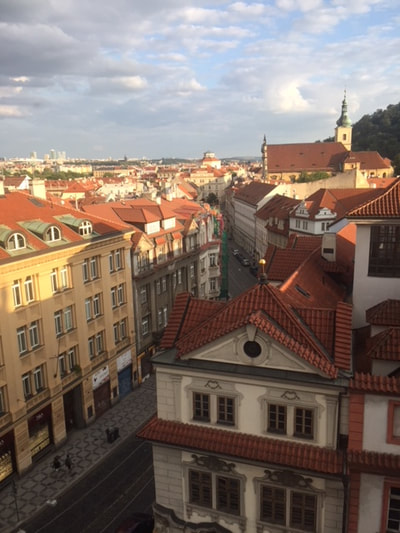
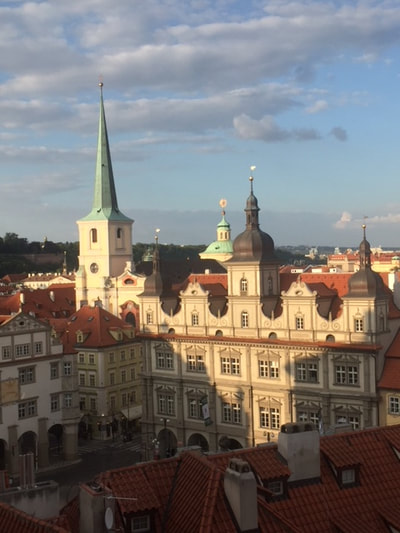
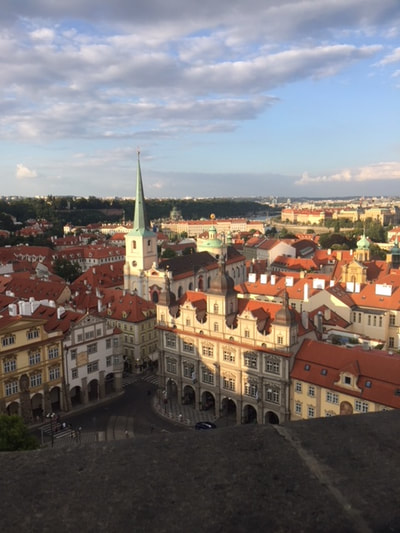
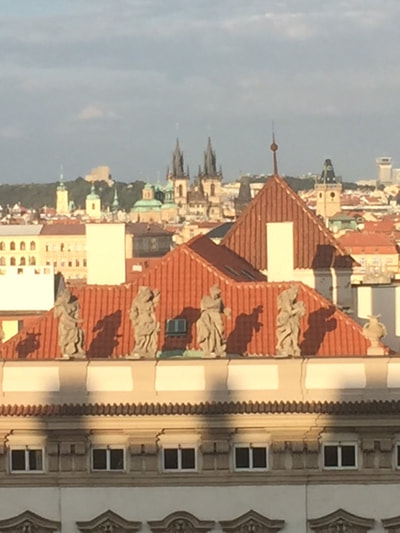
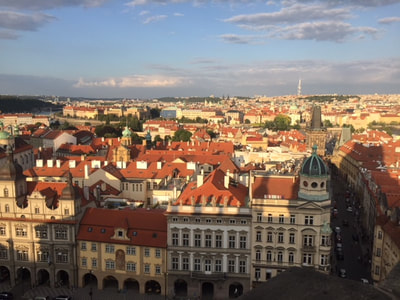
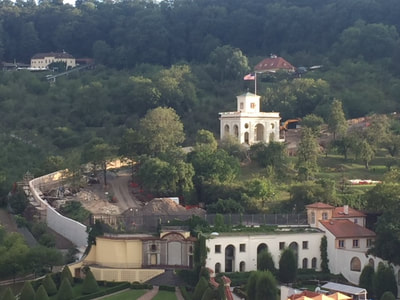
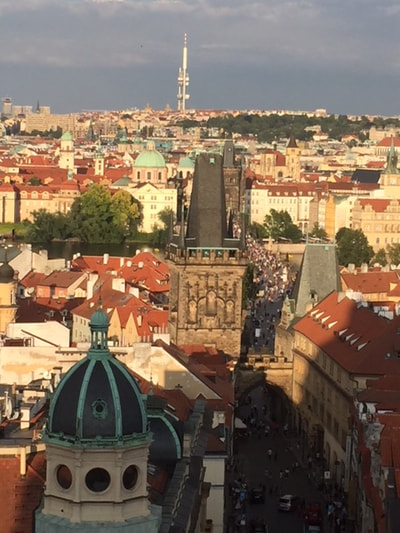
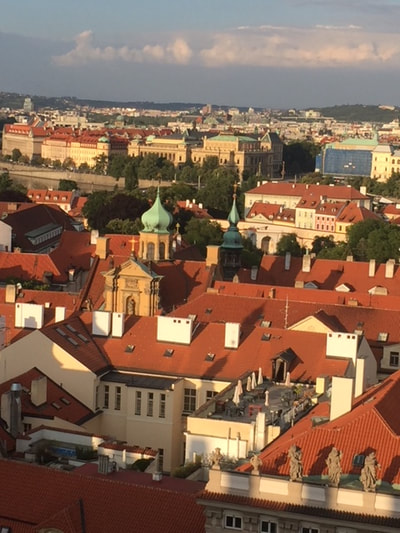
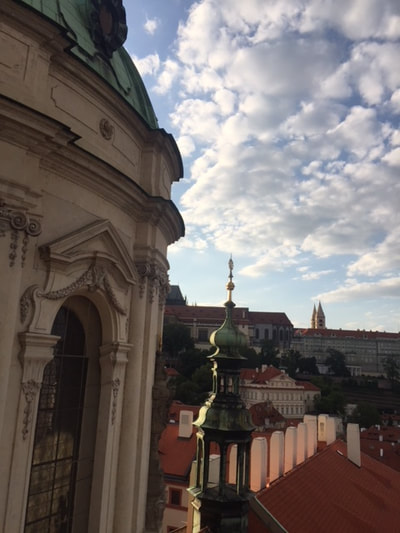
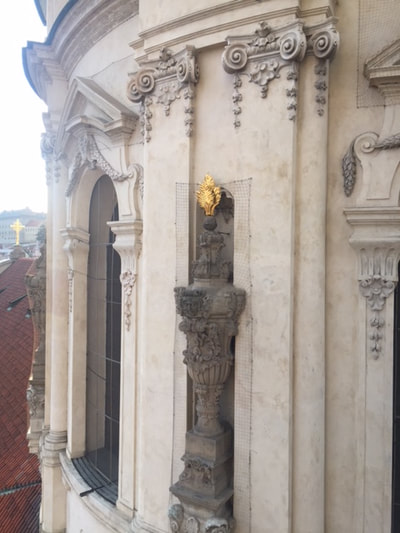
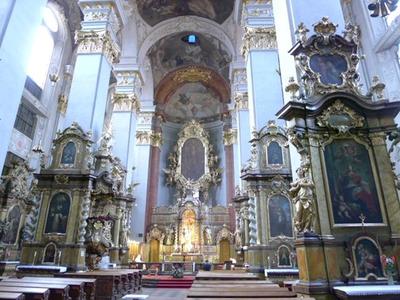
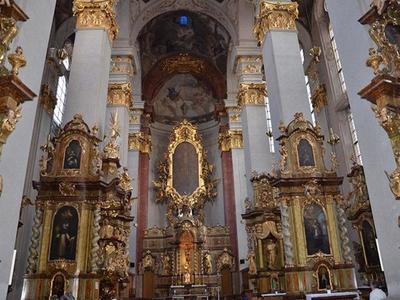
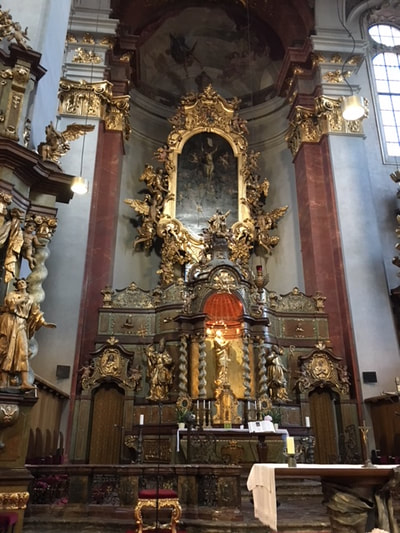
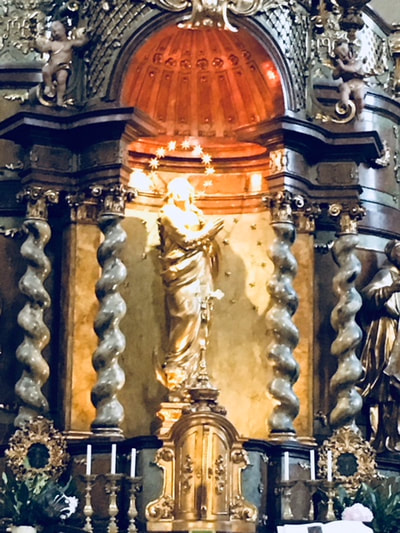
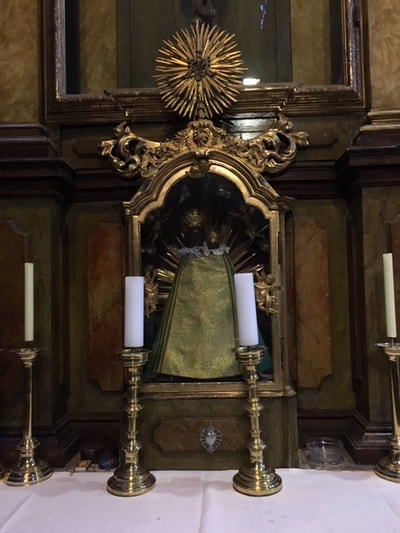
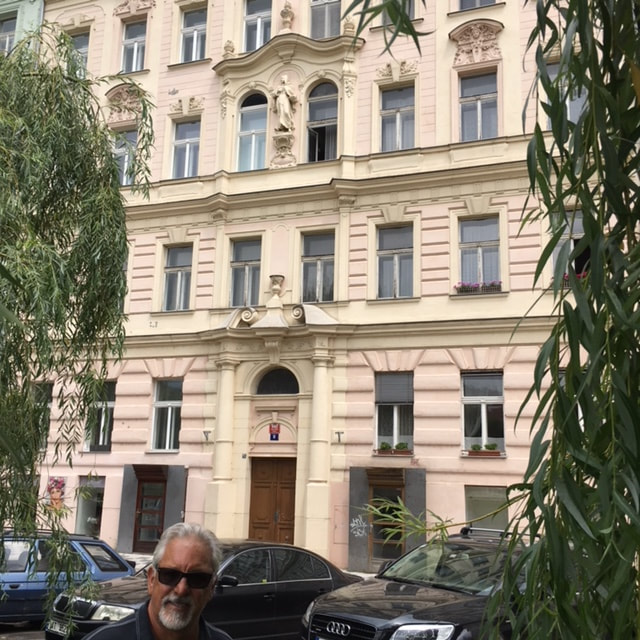
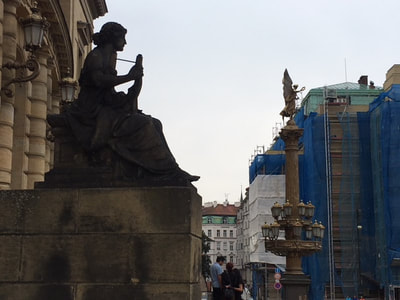
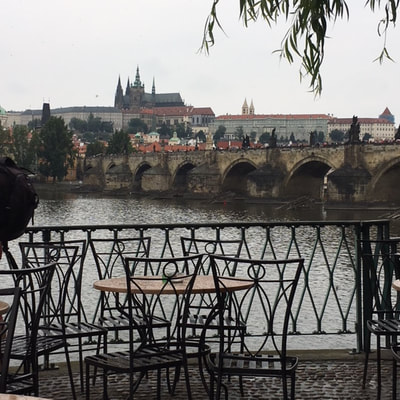
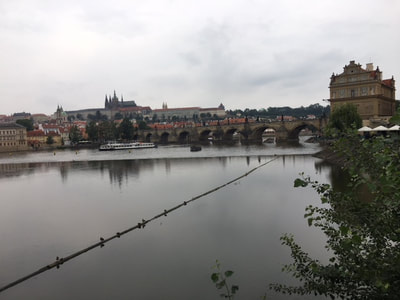
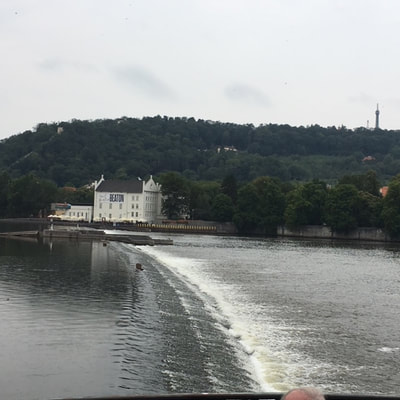
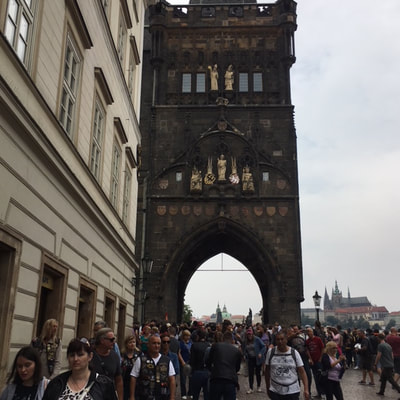
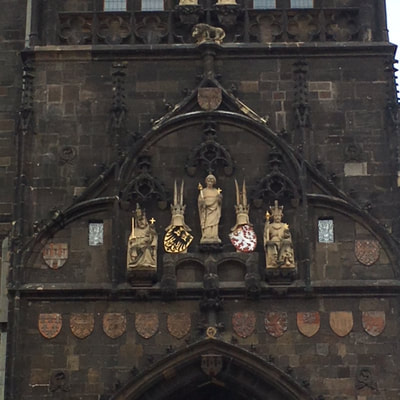
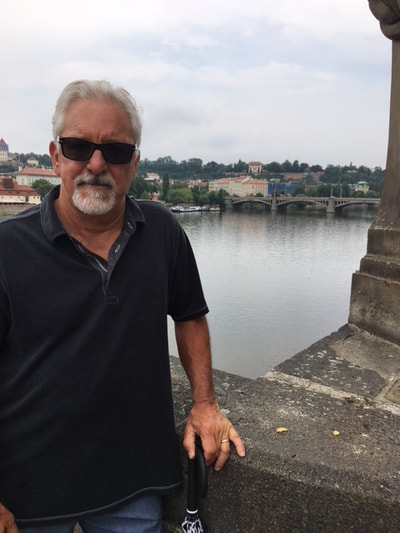
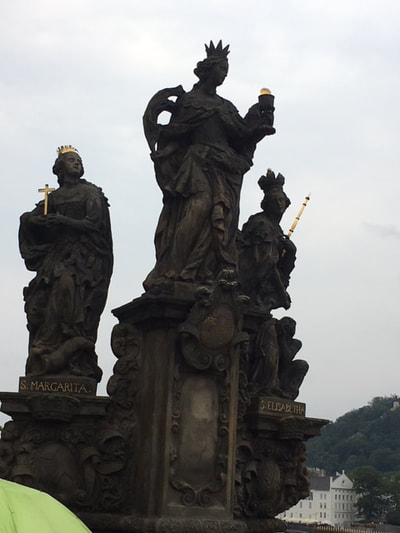
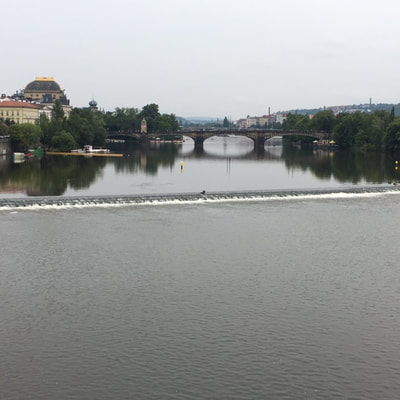
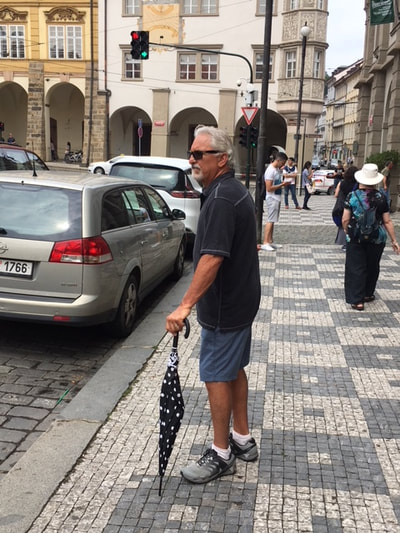
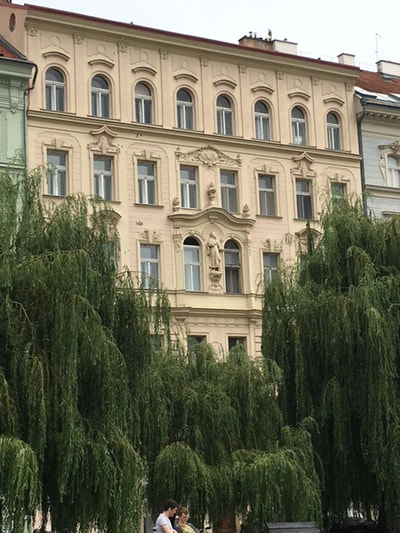
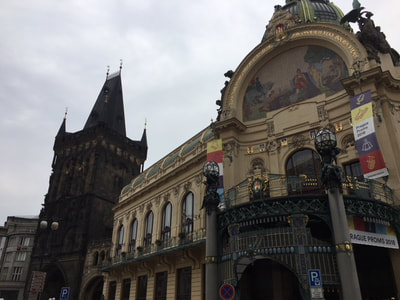
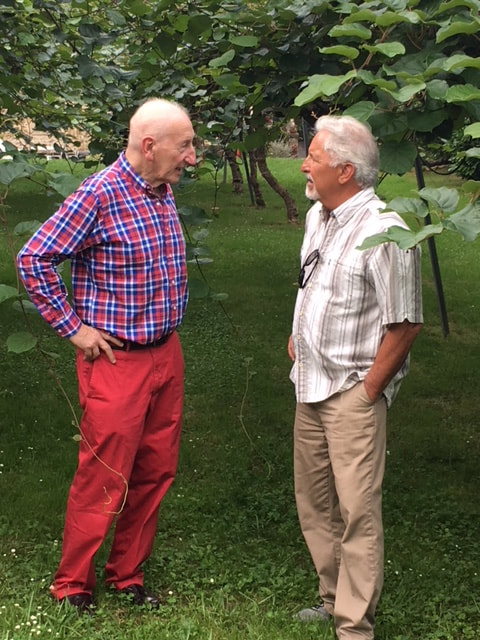
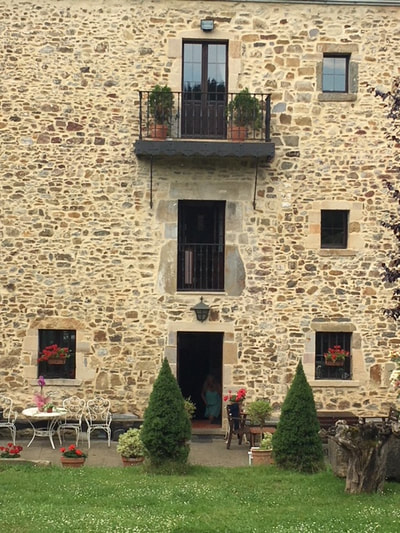
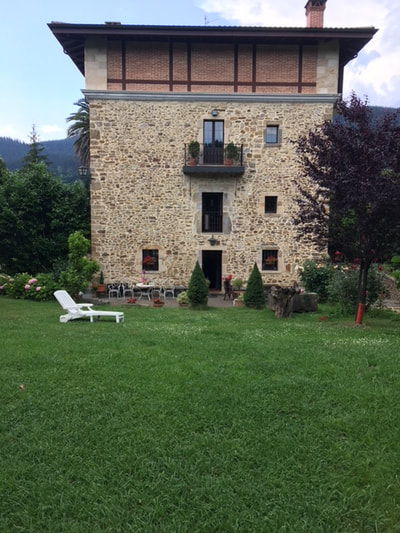
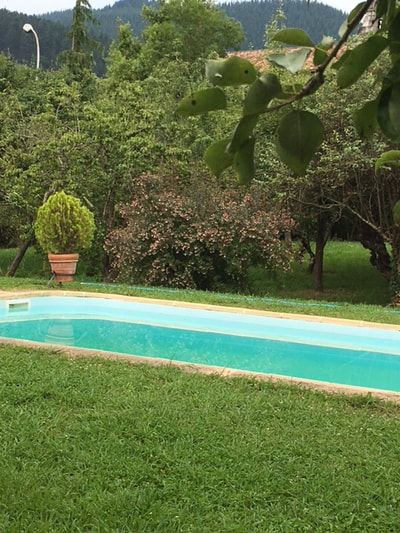
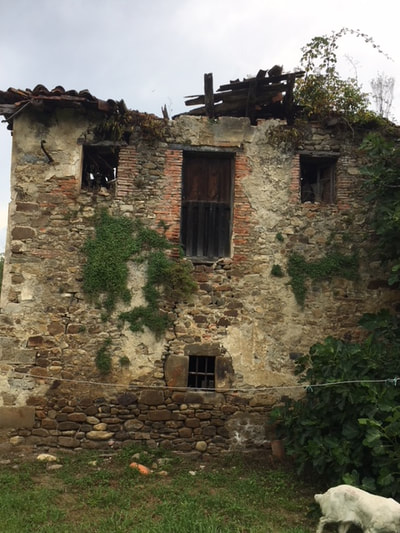
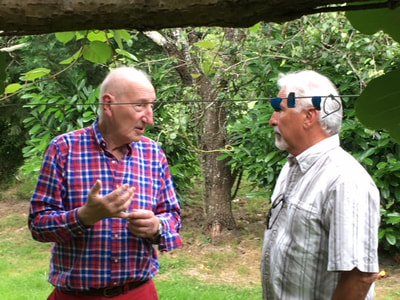
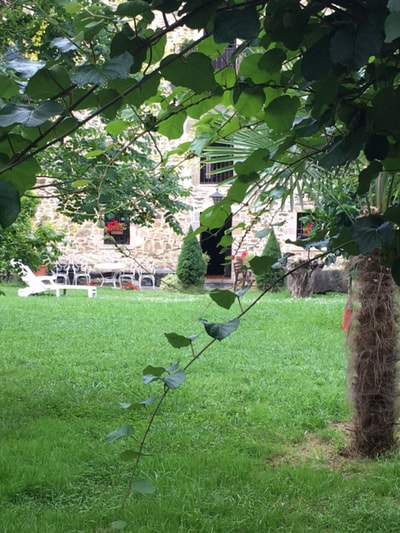
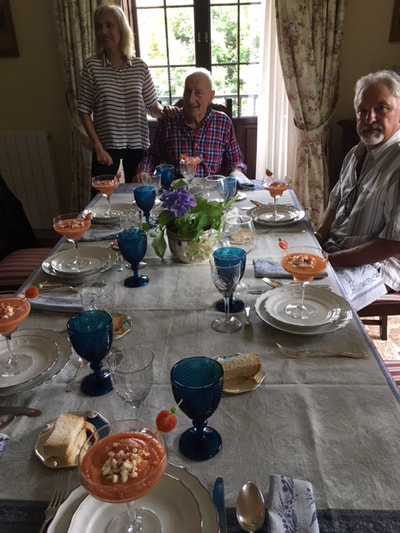
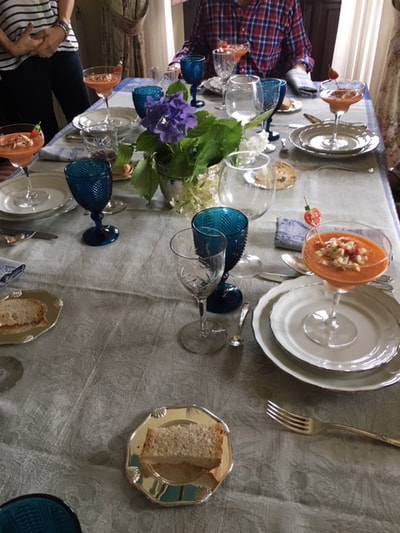
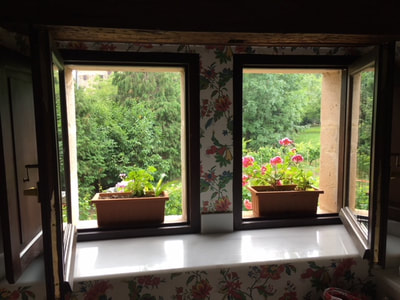
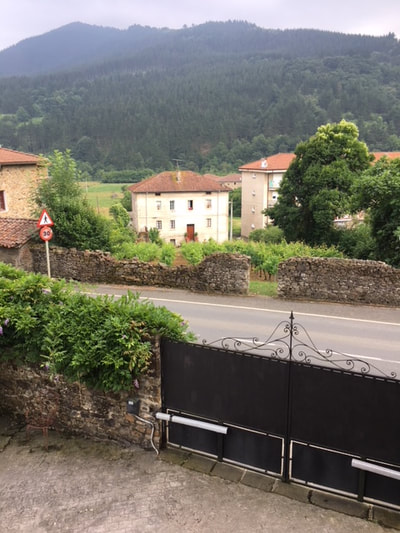
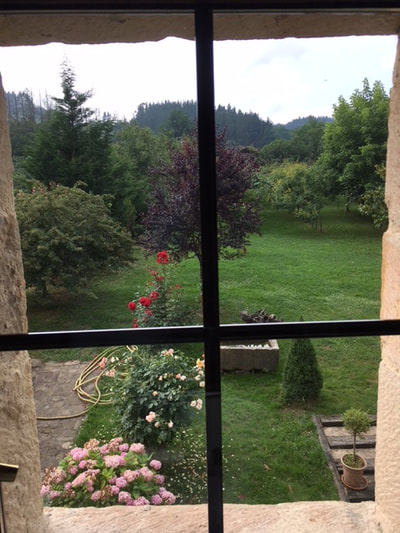
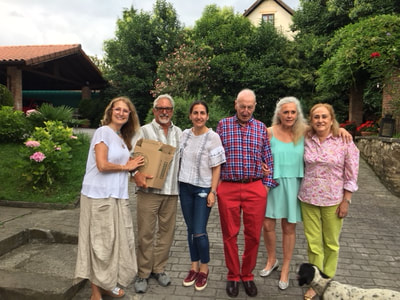
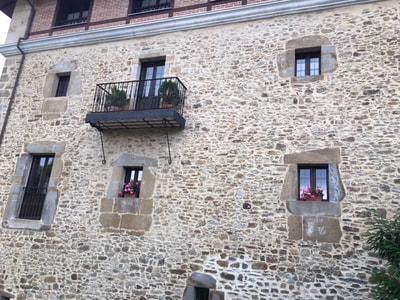
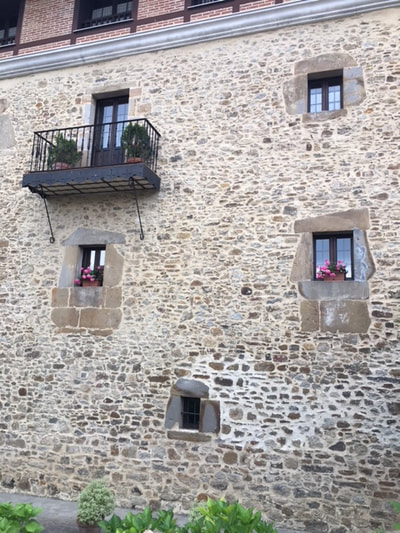
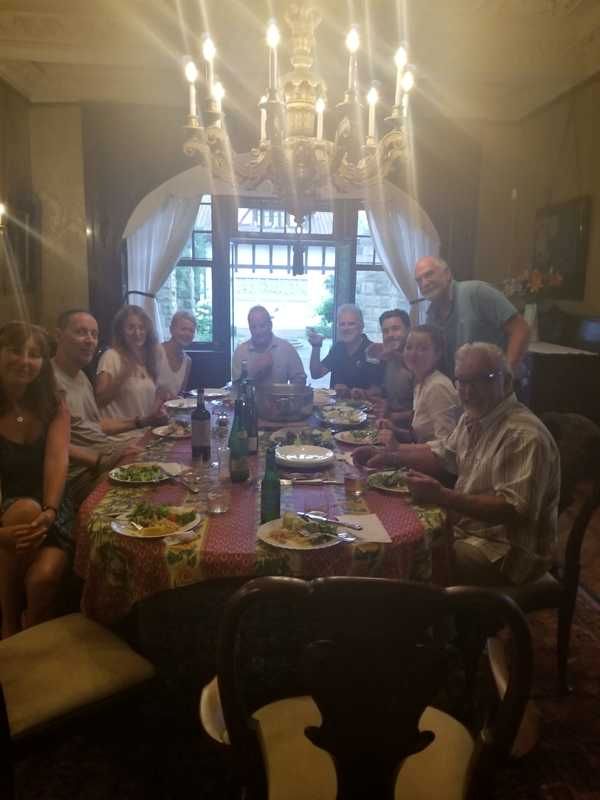
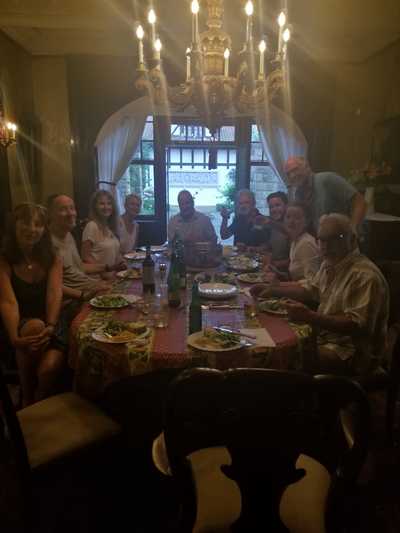
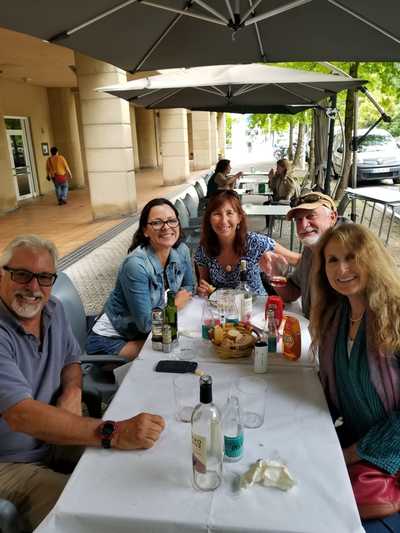
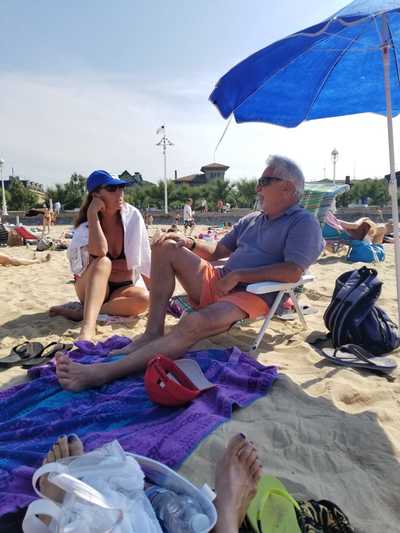
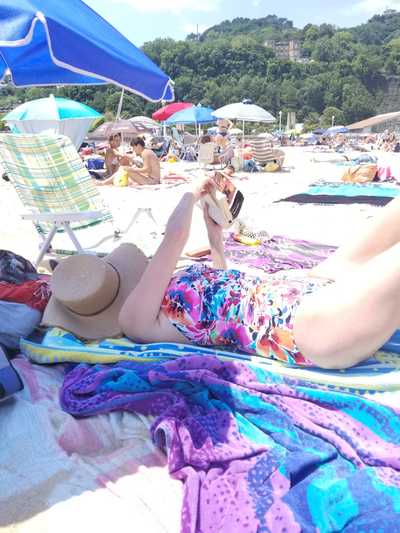
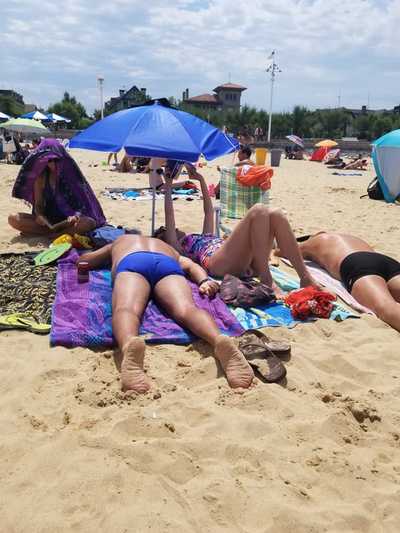
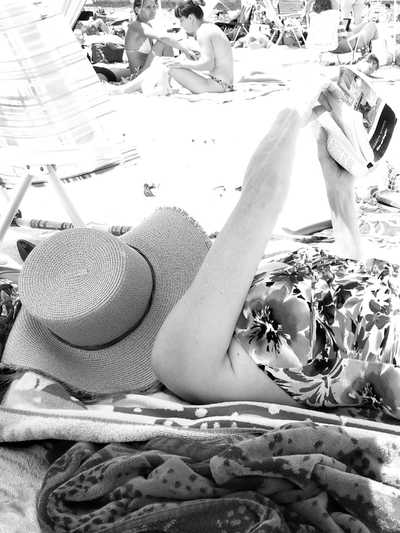
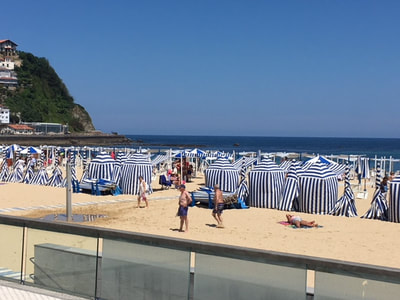
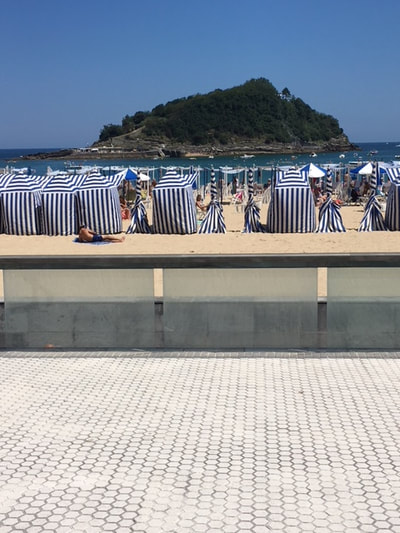
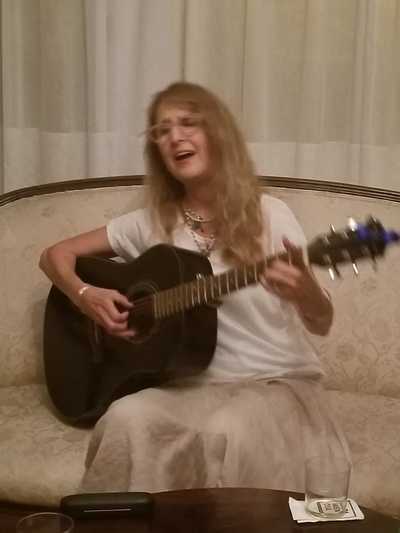
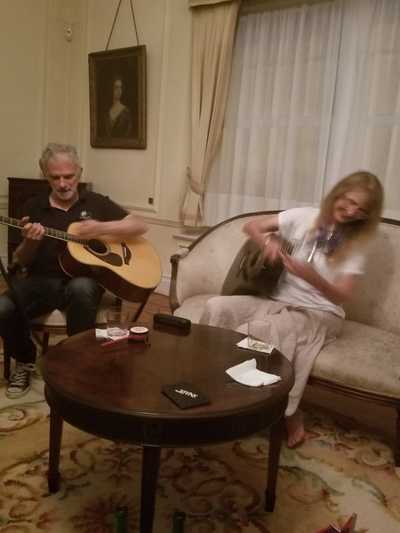
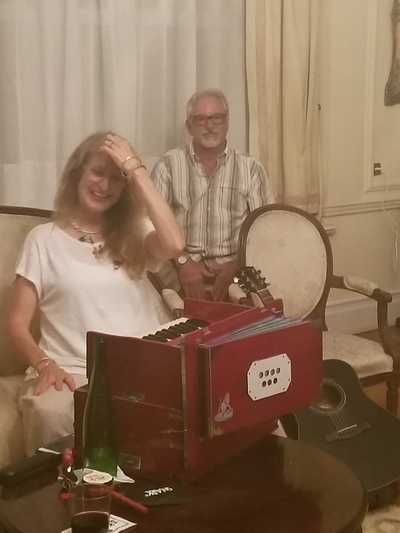
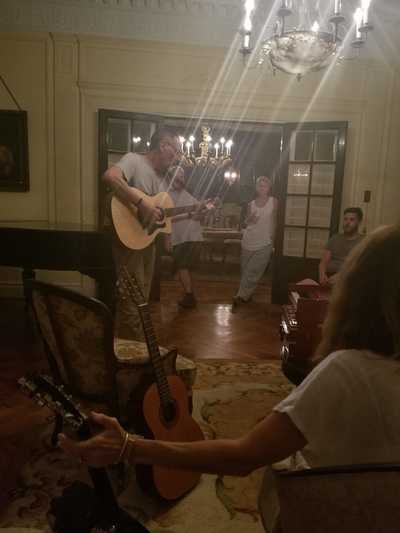
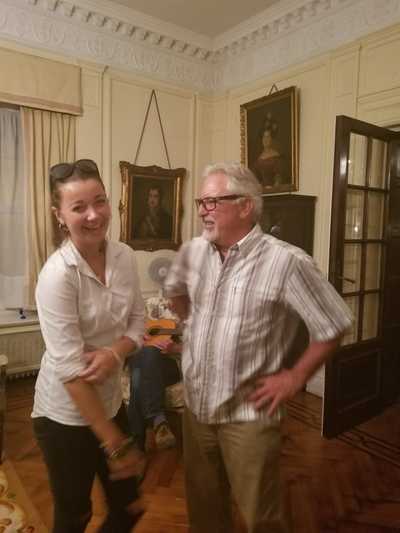
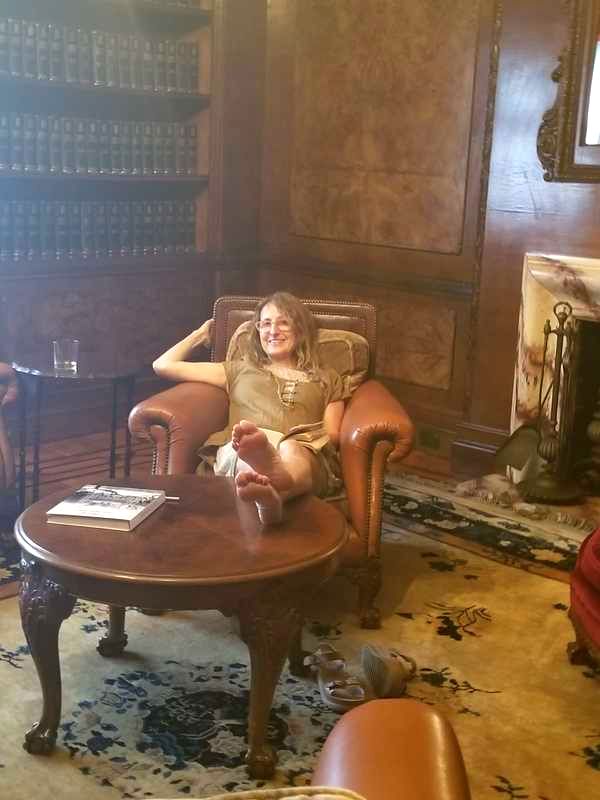
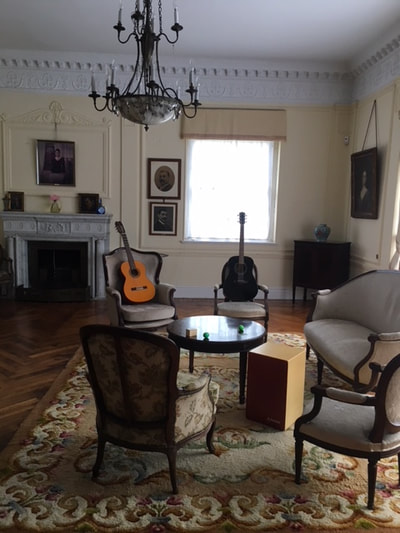
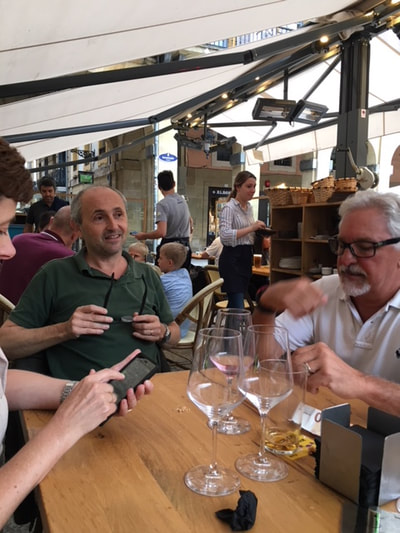
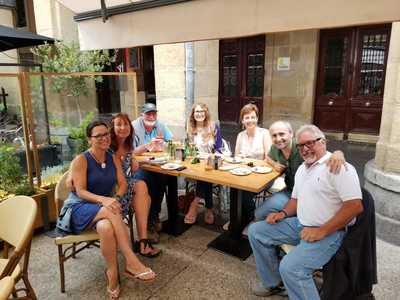
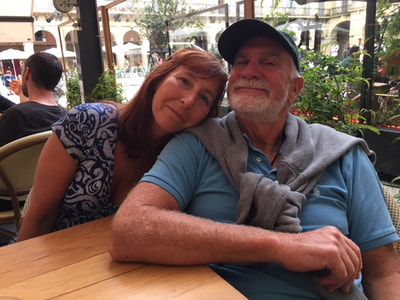

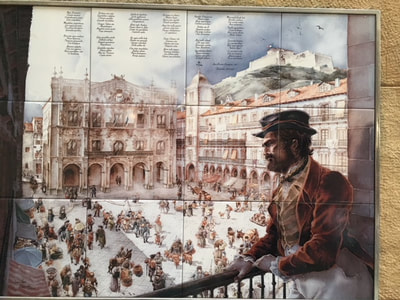
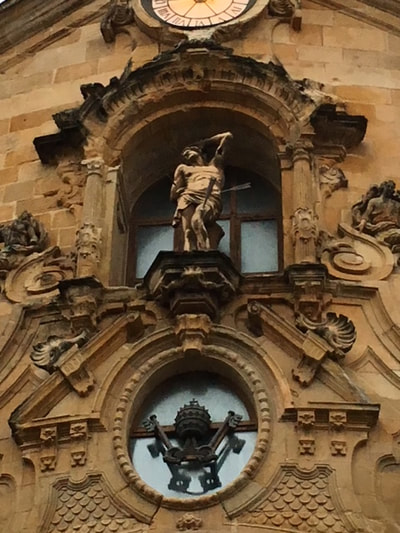
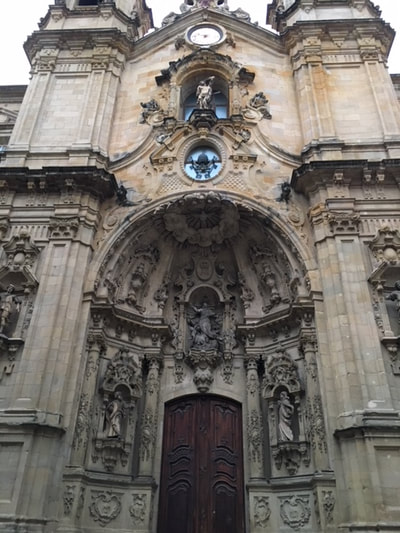
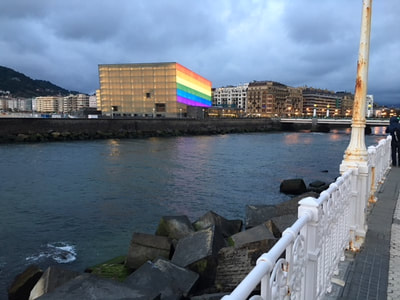
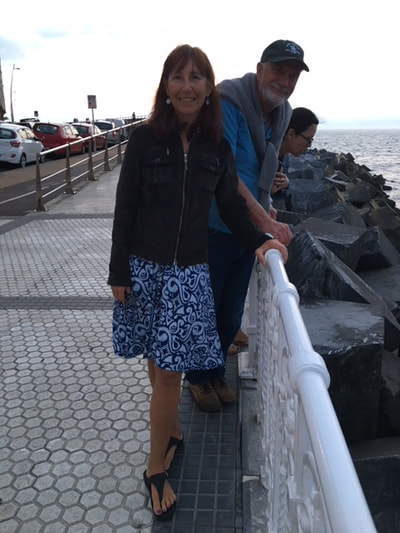
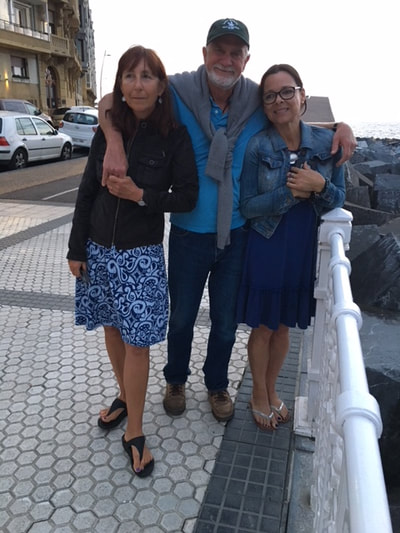
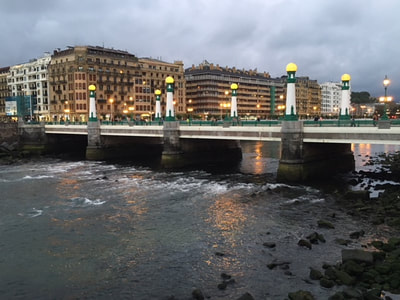
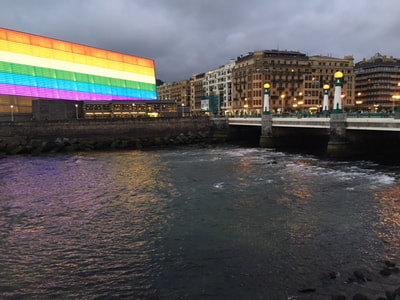
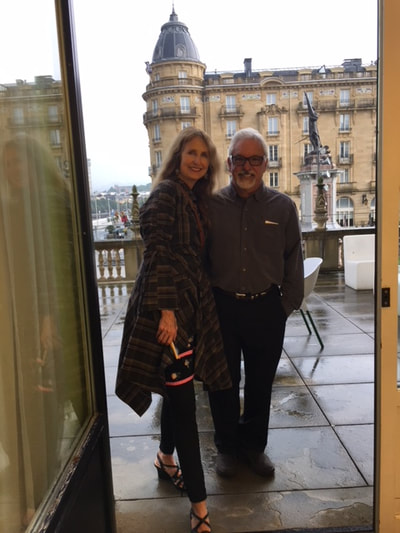
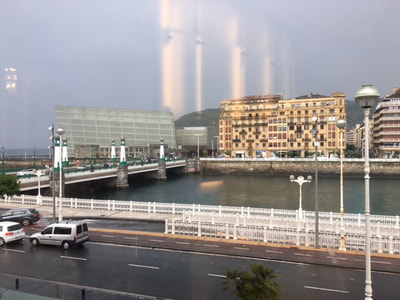

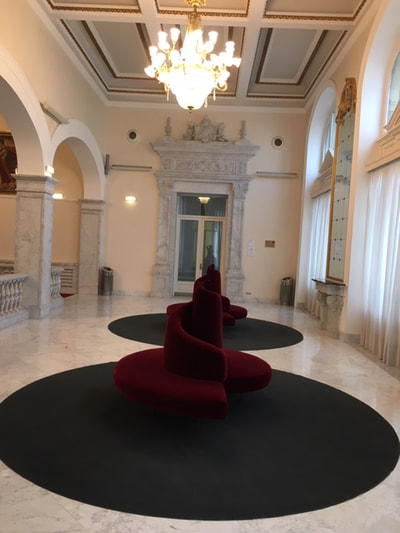
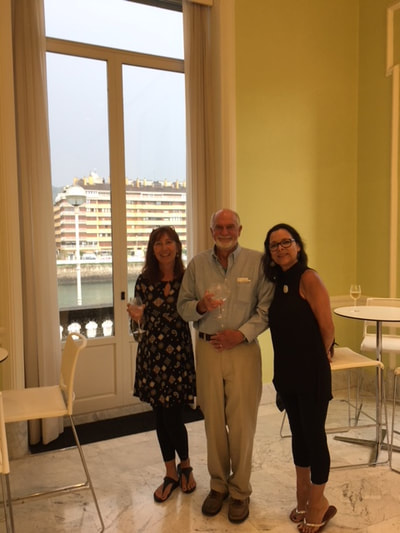
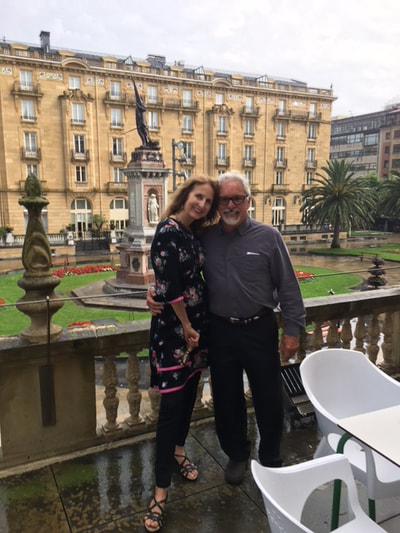
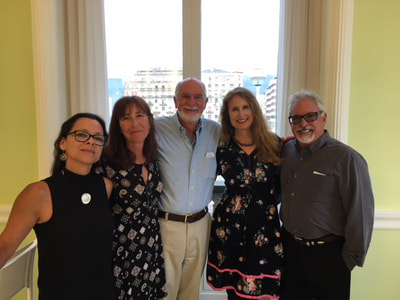
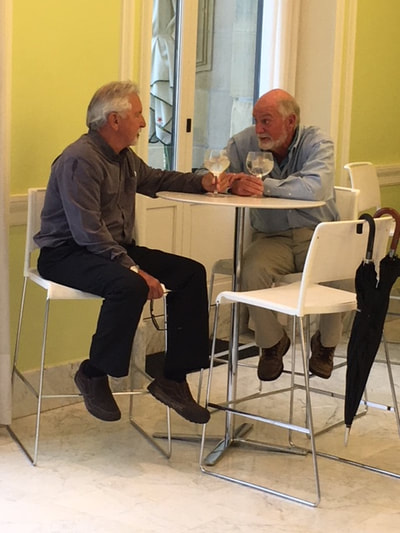
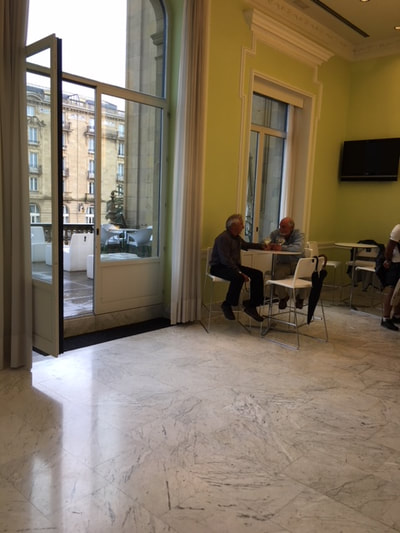
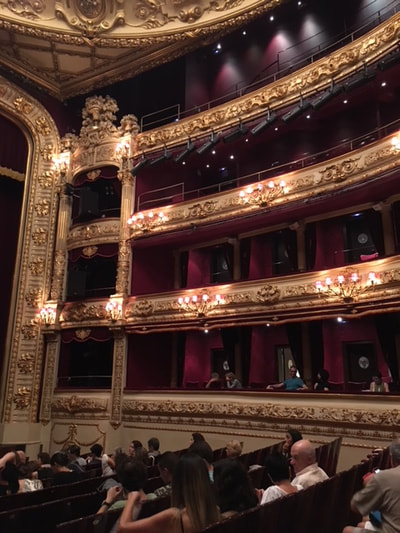
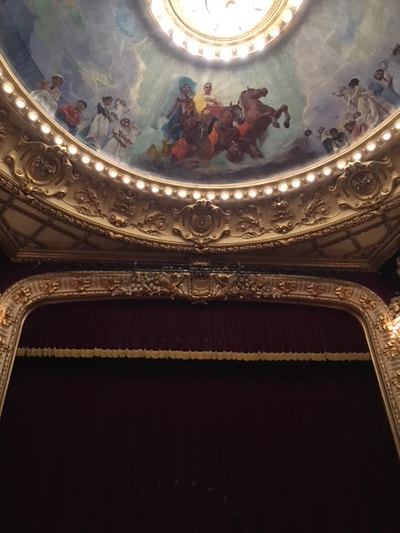
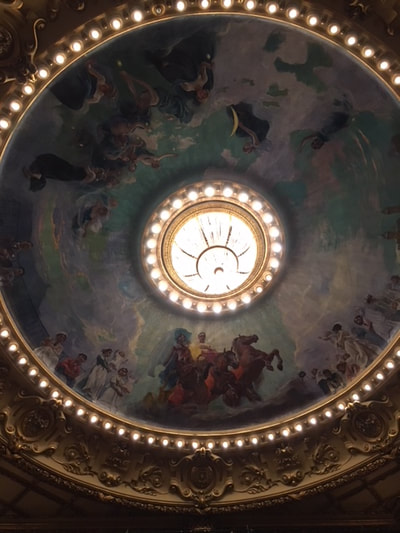
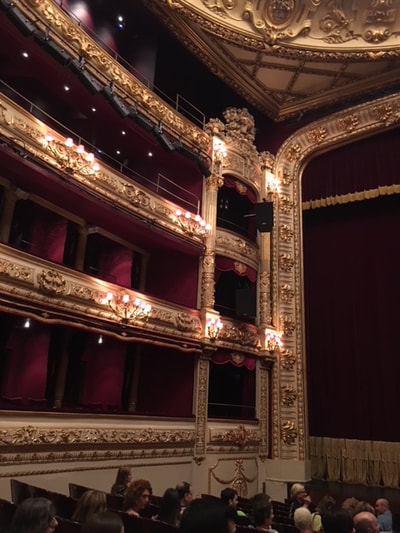
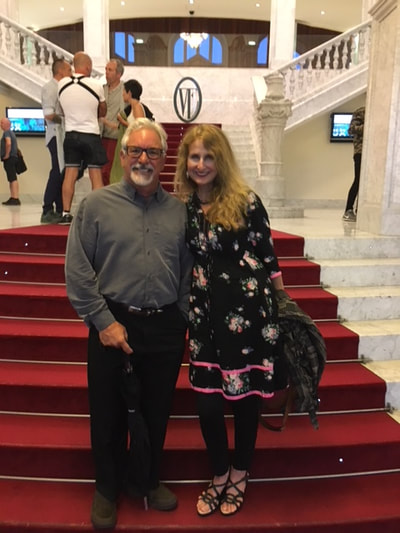
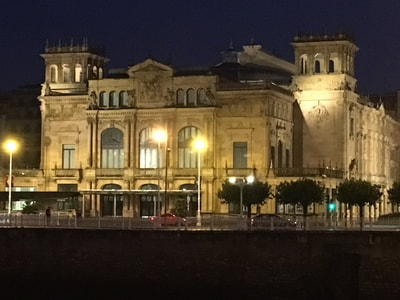
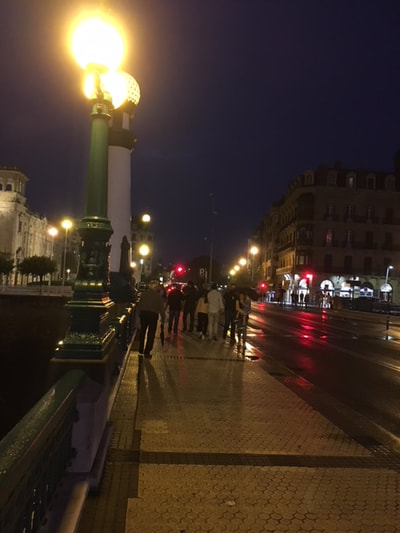
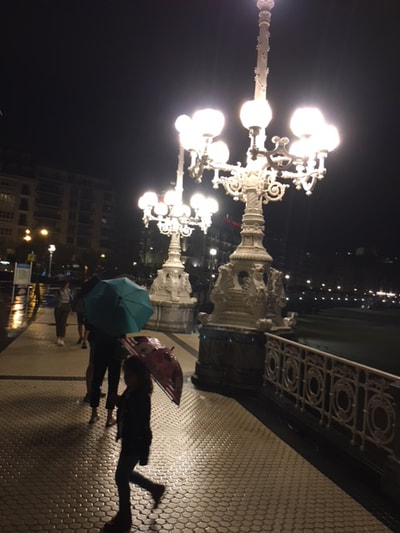
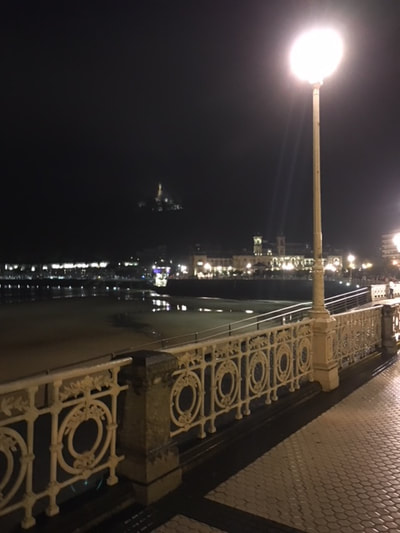
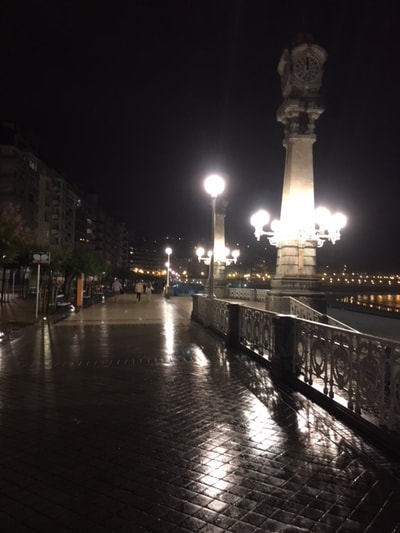
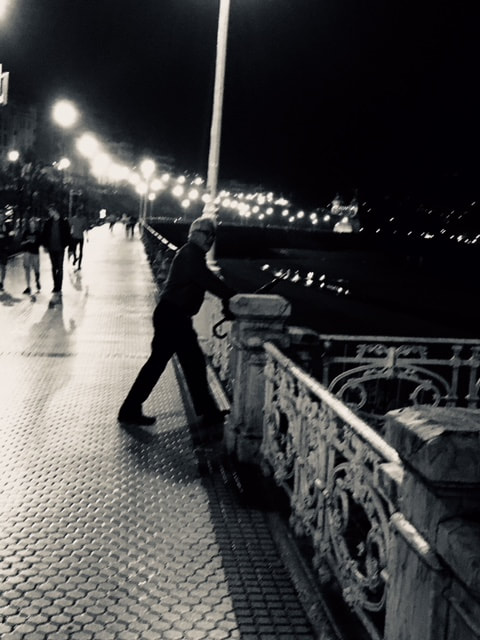
 RSS Feed
RSS Feed